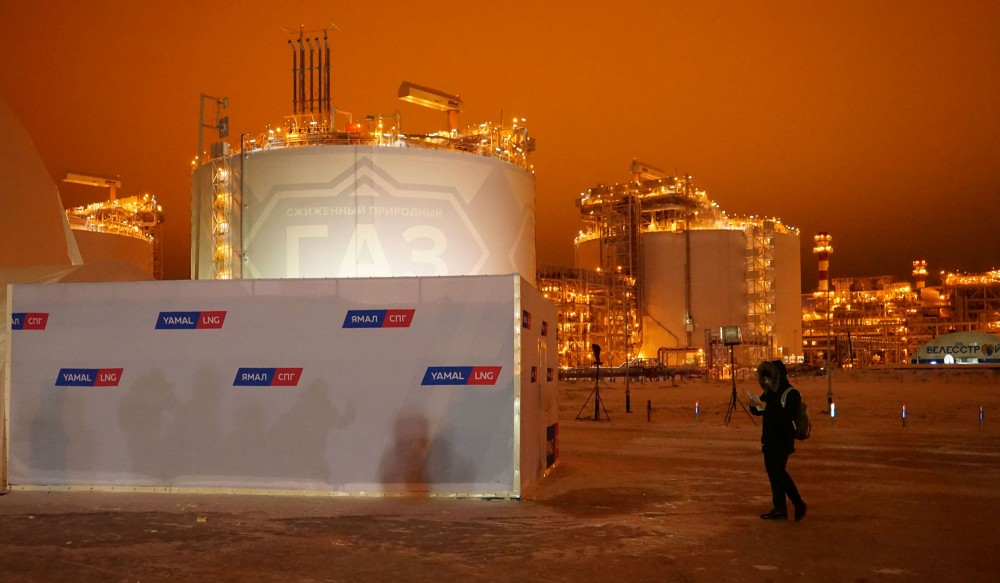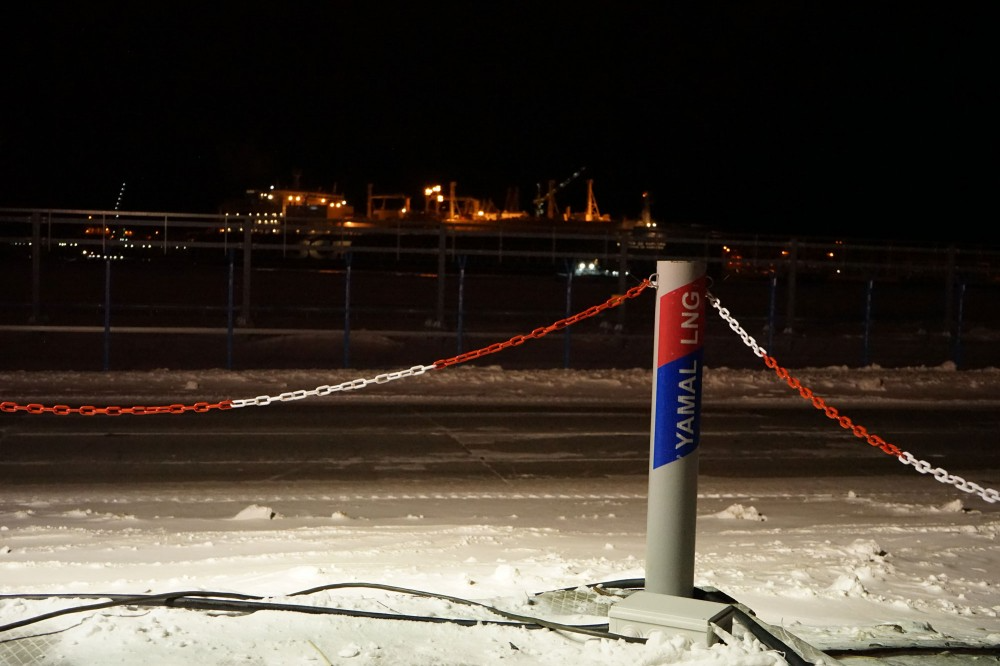Crisis-ridden Russian gas industry looks to Arctic for more LNG

Deputy Prime Minister Aleksandr Novak assembles energy company leaders for a discussion on how to boost production of liquified natural gas.
“The strategic task and future for our natural gas industry is the development of LNG, which in the medium-term perspective is to reach at least 100 million tons per year,” Novak told industry representatives in a meeting this week.
The meeting was held as Russia’s gas industry is experiencing a serious crisis following international sanctions and the loss of the European market. In 2022, Russian gas exports by pipeline dropped 46 percent year-on-year. The country’s biggest gas company – Gazprom – saw its production drop by 20 percent.
At the same time, export of liquified natural gas is on the increase. In 2022, LNG producer Novatek increased exports to Europe with 13,5 percent to a total of 14,65 million tons. Unlike pipeline gas, Russian LNG is so far not subjected to western sanctions, and EU countries have massively purchased the available energy.
The Russian government now wants a bigger focus on the LNG. According to Deputy PM Novak, a resource base for higher production must be created. In the medium-term perspective no less than 100 million tons per year is to be produced, he underlined in the meeting that was attended by representatives of Gazprom, Novatek, Rosneft and Rosatom.
In the room were also scientists, as well as Head of the St.Petersburg Mining University Vladimir Litvinenko.
Russia today has the capacity to produce about 33 million tons of LNG per year. The volumes will increase significantly as Novatek’s Arctic LNG 2 project comes into production. But the country will still be far away from Minister Novak’s target.
The federal government now intends to elaborate a road-map for LNG development. It will address also key challenges like the need to apply Russian-made technology and the serious lack of industry specialists.
Russia’s position in the world has changed radically since the country adopted a federal development program on LNG in 2021. The two-year old document is based on the assumption that liquified natural gas has a bright future in international energy markets, and includes an ambition to make Russia a world leader in the field.

(Atle Staalesen/The Independent Barents Observer)
According to the document, Russia is to boost its annual LNG production to 140 million tons by year 2035, an almost five-time increase compared with 2020. Practically all planned projects are located in the remote Arctic, and first of all in the Yamal-Nenets region where Novatek in 2017 opened its Yamal LNG and where the Arctic LNG 2 is due to come into production in late 2023.
According to the program, several more projects are due to be launched in the region over the next decade. Among the ones listed as “likely” to be developed is the Ob LNG and the Arctic LNG 1, to produce about 6 million tons and 19,8 million tons respectively.
Among the projects listed in the federal LNG program as “possible” is the Arctic LNG 3, which is based on the resources of the Severo-Obskoye field in Yamal. Projected production is 19,8 million ton, the same as in the Arctic LNG 2 and Arctic LNG 1.
In the category of possible projects are also Gazprom’s Tambey fields located in the eastern part of the Yamal Peninsula, as well as the Pechora LNG and Kara LNG. The latter is planned by oil company Rosneft and is based on resources from the company’s major natural gas resources in the Kara Sea. The project will include annual output of up to 30 million tons produced by a plant built in archipelago Novaya Zemlya, the document says.
Rosneft might also decide to produce LNG as part of its major Vostok Oil project in the Taymyr Peninsula. A plant built near the projected Sever Port Bay could produce as much as 50 million tons of LNG per year, the government document reads.
Related stories from around the North:
Canada: Yukon gov’t boasts of ‘strongest economy in Canada,’ tables $48M surplus budget, CBC News
Norway: Norway’s oil minister: “We need new discoveries”, The Independent Barents Observer
Russia: Huge budget deficit is building up in Russia’s economy, The Independent Barents Observer
United States: Sen. Sullivan stresses economic promise of Willow drilling project in annual address to Legislature, Alaska Public Media



